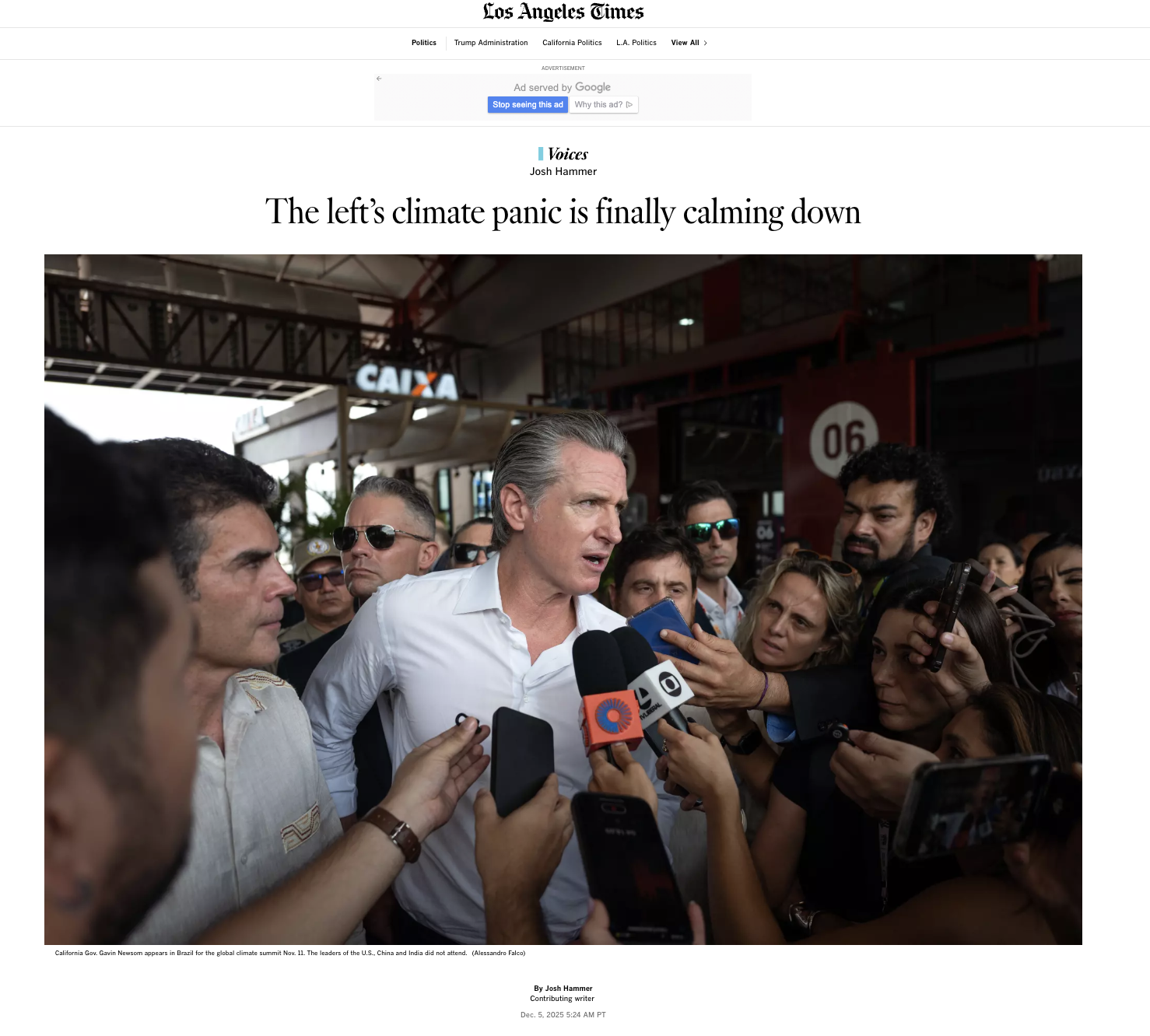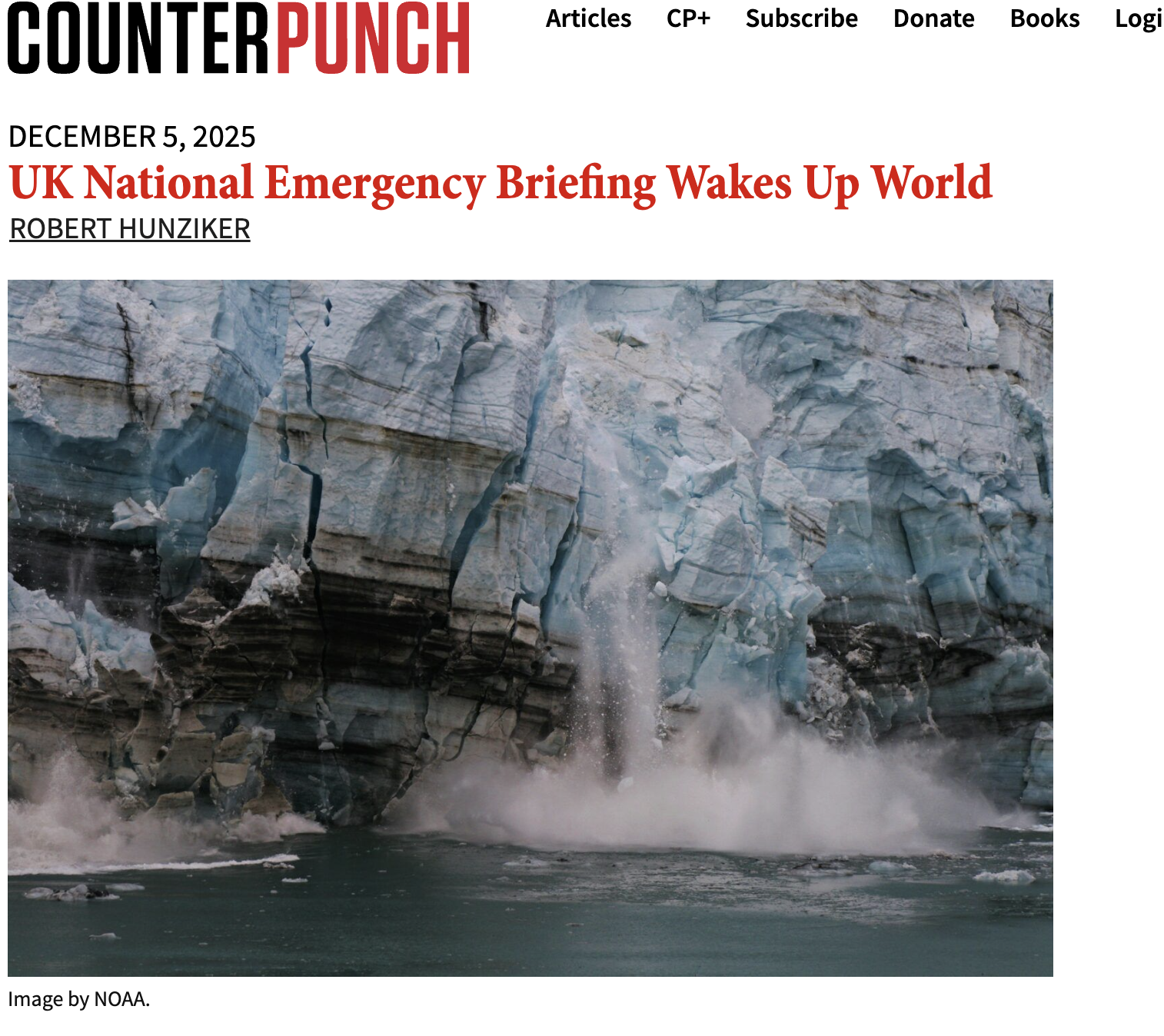Via Texas Public Policy Foundation:
Brussels Forces Energy Companies Into Expensive Climate Theater
The European Commission just delivered a wake-up call that Americans ignore at their own peril. In a sweeping new mandate, Brussels is forcing 44 oil and gas companies across Europe to build massive underground CO2 storage facilities by 2030.
Under the newly adopted Net-Zero Industry Act, European energy producers must collectively provide 50 million tons of annual CO2 injection capacity by 2030. The requirements, and costs, for individual companies are massive. Nederlandse Aardolie Maatschappij, the Dutch energy giant, now faces a mandate to store 6.35 million tons of CO2 annually. OMV PETROM must handle 5.88 million tons, while Romania’s SNGN ROMGAZ is on the hook for 4.12 million tons.
These companies have until June 30, 2025, to submit detailed plans showing exactly how they’ll meet these arbitrary government targets. European officials frame this as making oil and gas companies “part of the solution,” but the reality tells a different story. This massive regulatory burden will force energy companies to redirect billions of dollars from their core mission—producing reliable, affordable energy—into speculative technology with a deeply troubled track record.
The Inconvenient Truth About Carbon Capture
Here’s what Brussels bureaucrats don’t want to admit: carbon capture and storage simply doesn’t work as advertised. Despite decades of development and billions in investment worldwide, not one single CCS project has ever reached its target CO2 capture rate. The industry loves to talk about achieving 95% capture rates, but no existing project has consistently captured more than 80% of carbon emissions.
Projects from Algeria to Texas tell the same story: cost overruns, delays, and performance failures. For the hundreds of CO2 disposal projects currently being proposed around the world, there’s remarkably little solid information about whether their underground storage sites will actually work long-term.
Even if these technologies worked perfectly, the numbers are sobering. The Intergovernmental Panel on Climate Change estimates that carbon capture will account for only 2.4% of global carbon mitigation by 2030. Capturing and storing CO2 from power plants still costs more than $100 per ton of CO2, higher than even the Biden administration’s estimate for the social cost of carbon. Needless to say, cost-benefit analysis must be thrown out when there is a “climate crisis” to solve.
The Real Cost: Your Energy Bill
What does this mean for ordinary Europeans? Higher energy costs, plain and simple. When governments force energy companies to spend billions on unproven technology instead of investing in reliable energy production, consumers pay the price. Every euro diverted to these mandated CO2 storage projects is a euro not spent on maintaining and expanding the energy infrastructure that keeps the lights on and homes warm.
This isn’t theoretical. European families are already struggling with some of the world’s highest energy costs, and these new mandates will only make things worse. Energy companies will have no choice but to pass these massive compliance costs on to their customers. The result is less money in family budgets that are already paying the world’s highest energy prices, and higher costs for European businesses trying to compete in global markets.
America’s Dangerous Drift Toward European-Style Energy Policy
Unfortunately, the United States is already following Europe down this costly path. The Inflation Reduction Act expanded and extended the 45Q tax credits that subsidize carbon capture projects. These credits offer $85 per ton for capturing CO2 from power plants and industrial facilities and an eye-watering $180 per ton for direct air capture technology. The Treasury Department estimates that the credits will cost taxpayers $25 billion over the next 10 years.
Again, taxpayers are paying more to capture CO2 than even the Biden administration calculated the social cost of those emissions is. The approach may be different—subsidies instead of mandates—but the economic effect is the same. Taxpayer money flows to unproven technology while reliable energy sources face increasing regulatory pressure. And while Congress looks set to heavily scale back tax credits for wind and solar, it is not touching these 45Q credits.
Thankfully, the Trump administration is set to overturn the newest iteration of the Clean Power Plan, which was set to mandate CO2 capture for all gas and coal power plants. We hope that in due time the Supreme Court will put an end to the insanity of the federal government’s attempts to regulate CO2 emissions and that Congress will bury the 45Q program. Until then, Life:Powered will be fighting to save your electric bill and your tax bill from the cost of fruitless carbon capture mandates and subsidies.
#
Energy Future Forum: A Must-Watch Event
The second annual Energy Future Forum on May 19 showcased exactly the kind of serious thinking America needs on energy policy. Hosted in partnership with The U.S. Chamber of Commerce and The National Center for Energy Analytics, this daylong event brought together some of the biggest names in the energy industry for candid conversations about the future of American energy, tackling the hard questions that too many policymakers avoid.
What made the forum special was its recognition that energy “realpolitik” is replacing wishful thinking. With elections reshaping policy, rising demand from AI data centers and reshored manufacturing, and global security challenges demanding reliable energy supplies, plans must bend to what’s actually achievable and affordable. The discussions explored how practical solutions can deliver reliability, affordability, and security simultaneously.
The full video recording is available online and broken into sections so you can focus on whatever topics interest you most. Whether you’re concerned about rising energy demand, geopolitical challenges, or policy shifts in Washington, this forum offers insights you won’t find in typical energy conferences. It’s worth your time to see what serious energy leadership looks like.



